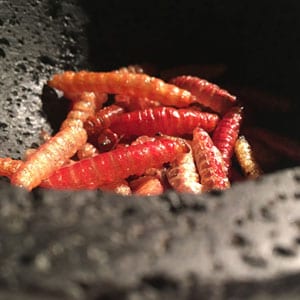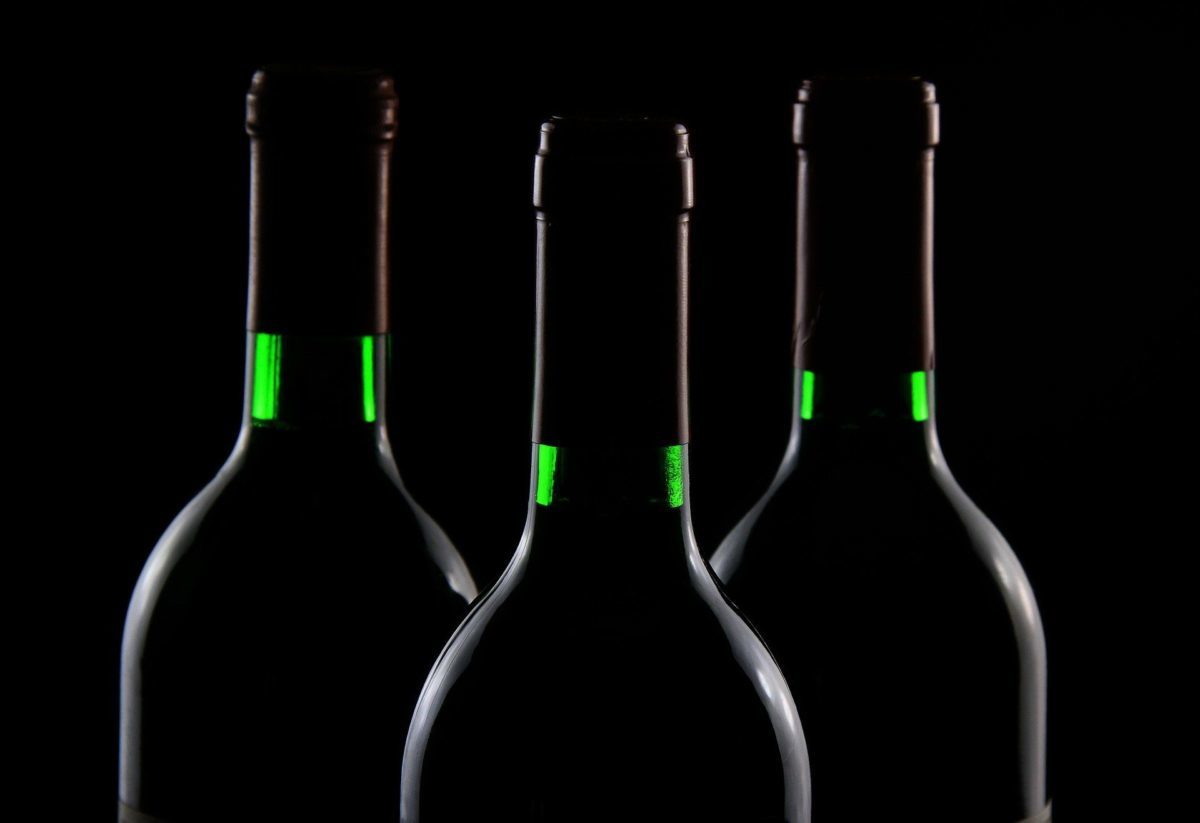
The first day of 2018 the European Union celebrated the arrival of the new year. With this, the updating of its catalog of foods that were not consumed on this side of the world before 1997. Thus, it opens to the consumption of insects.
It is the list that the UE flame novel foods and with which the continent is opening up to external gastronomic influences. In this way it has had to be expanded, relaxing conditions. That without implying wavering in food safety measures, of course.
They do facilitate, yes, that companies can import products that are increasingly in demand. As the consumption of insects.
According to data from the FAO, Organization of the United Nations for Food and Agriculture, more than 1.900 species of edible insects complement the diet of 2.000 billion people in the world.
Beetles lead the consumption of insects
Beetles top the list, followed by caterpillars, bees, wasps, and ants. In countries of Americaas MexicoChapulines (dried and seasoned crickets) are widely consumed and eaten as a snack.
In the case of Spain, MX point, Madrid restaurant with a Michelin star, has designed a menu. They call it 'entomophagy '. They are with haute cuisine dishes in which the insect consumption takes a predominant role.
As in the case of your guacamole with chinicuiles (worms of the maguey plant). Or the monkfish aguachile with Chicatan ants. Or marrow with escamoles (fresh ant larvae).
If you still have doubts (or concerns) in eating insects, think about the benefits that the own FAO:
- Provide high-quality protein and nutrients compared to meat and fish
- They are rich in fibers and micronutrients
- They pose a reduced risk of disease transmission from animals to humans
- To produce them, less greenhouse gases are generated and consume less water than traditional livestock
- They can feed on waste and thus transform waste into protein.






